
How to Use MOSFET: Examples, Pinouts, and Specs
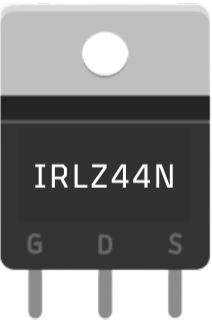
 Design with MOSFET in Cirkit Designer
Design with MOSFET in Cirkit DesignerIntroduction
A Metal-Oxide-Semiconductor Field-Effect Transistor (MOSFET) is a type of transistor used for switching and amplifying electronic signals. It is a voltage-controlled device with three terminals: Gate (G), Drain (D), and Source (S). MOSFETs are widely used in power electronics, digital circuits, and analog applications due to their high efficiency, fast switching capabilities, and low power consumption.
Explore Projects Built with MOSFET
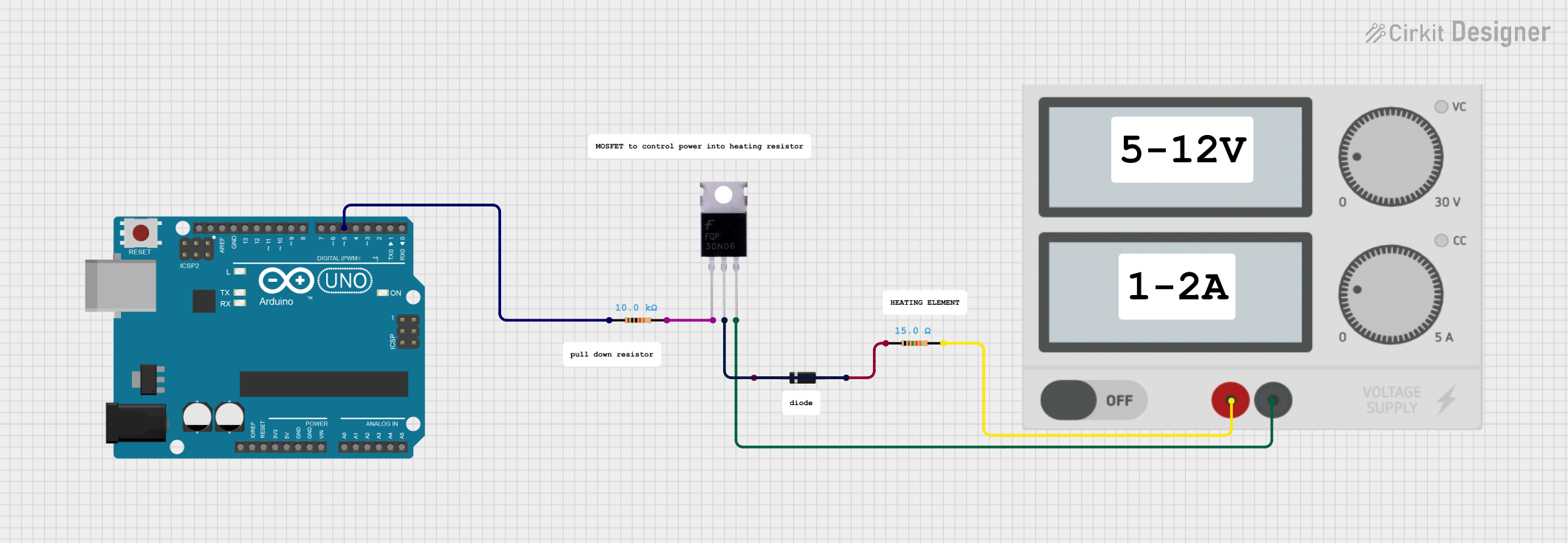
 Open Project in Cirkit Designer
Open Project in Cirkit Designer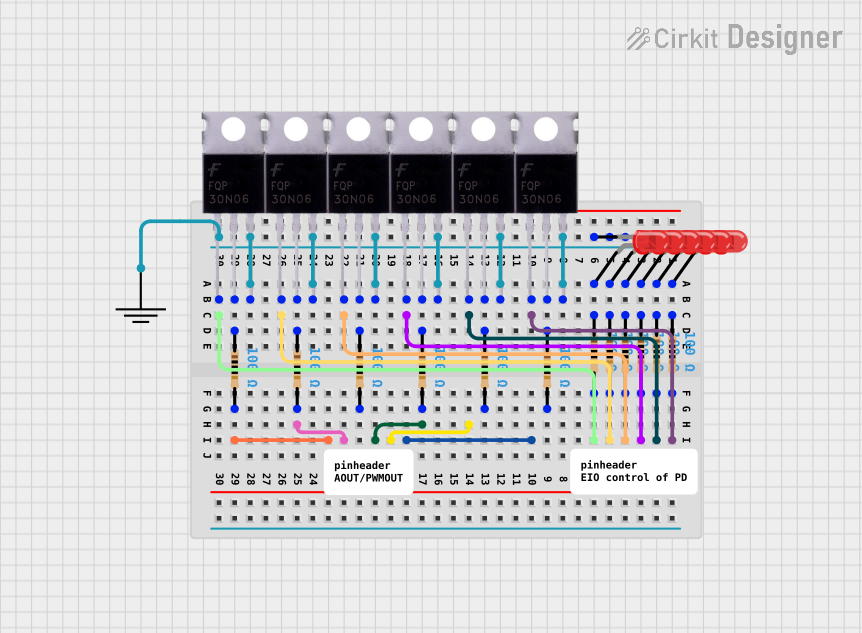
 Open Project in Cirkit Designer
Open Project in Cirkit Designer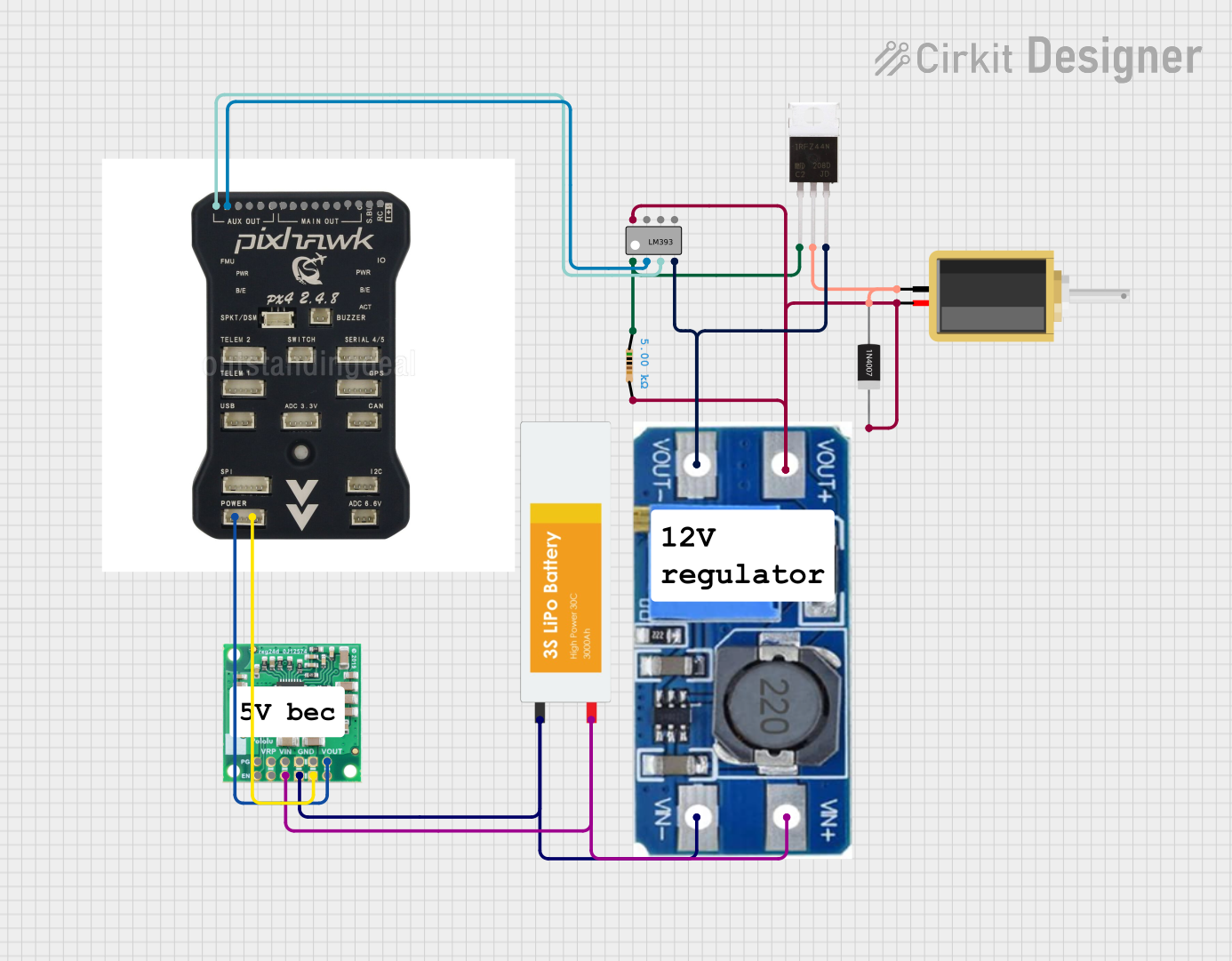
 Open Project in Cirkit Designer
Open Project in Cirkit Designer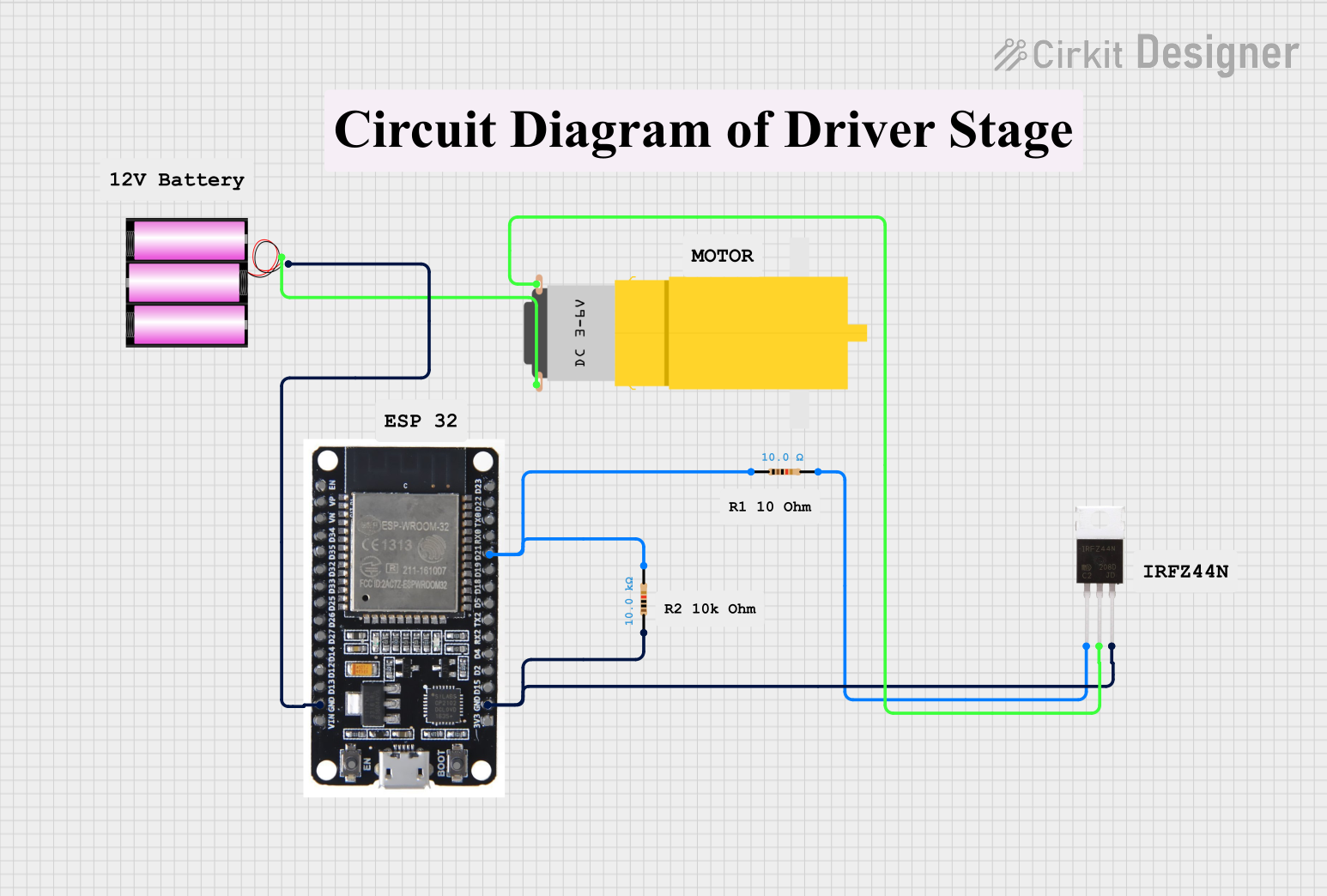
 Open Project in Cirkit Designer
Open Project in Cirkit DesignerExplore Projects Built with MOSFET

 Open Project in Cirkit Designer
Open Project in Cirkit Designer
 Open Project in Cirkit Designer
Open Project in Cirkit Designer
 Open Project in Cirkit Designer
Open Project in Cirkit Designer
 Open Project in Cirkit Designer
Open Project in Cirkit DesignerCommon Applications and Use Cases
- Power supplies and voltage regulators
- Motor control circuits
- Switching in DC-DC converters
- Amplifiers in audio and RF circuits
- Digital logic circuits
- LED dimming and control
Technical Specifications
Below are the general technical specifications of a typical N-channel MOSFET (e.g., IRF540N). Specifications may vary depending on the specific MOSFET model.
Key Technical Details
- Type: N-channel or P-channel
- Voltage Ratings: VDS (Drain-Source Voltage) up to 100V or higher
- Current Ratings: ID (Drain Current) up to 33A or higher
- Gate Threshold Voltage (VGS(th)): 2V to 4V
- RDS(on) (On-Resistance): As low as 0.01Ω
- Power Dissipation: Up to 150W
- Switching Speed: Nanoseconds to microseconds
- Package Types: TO-220, TO-247, SMD packages (e.g., DPAK, SOIC)
Pin Configuration and Descriptions
The pin configuration for a standard TO-220 package MOSFET is as follows:
| Pin Number | Pin Name | Description |
|---|---|---|
| 1 | Gate (G) | Controls the flow of current between the drain and source. |
| 2 | Drain (D) | Current flows out of this terminal when the MOSFET is on. |
| 3 | Source (S) | Current flows into this terminal. Acts as the reference point. |
Usage Instructions
How to Use the MOSFET in a Circuit
- Determine the Type: Identify whether the MOSFET is N-channel or P-channel. N-channel MOSFETs are more commonly used due to their lower RDS(on) and higher efficiency.
- Gate Drive Voltage: Ensure the gate voltage (VGS) is sufficient to fully turn on the MOSFET. For logic-level MOSFETs, a gate voltage of 5V is typically sufficient.
- Connect the Terminals:
- Connect the Source to the ground (N-channel) or positive supply (P-channel).
- Connect the Drain to the load.
- Apply a control signal to the Gate to switch the MOSFET on or off.
- Use a Gate Resistor: Place a resistor (e.g., 10Ω to 100Ω) between the gate and the control signal to limit inrush current and prevent damage to the gate.
- Add a Flyback Diode: For inductive loads (e.g., motors, relays), connect a flyback diode across the load to protect the MOSFET from voltage spikes.
Example: Controlling an LED with an N-Channel MOSFET and Arduino UNO
Below is an example of how to use an N-channel MOSFET to control an LED with an Arduino UNO.
Circuit Connections
- Source (S): Connect to ground.
- Drain (D): Connect to the negative terminal of the LED. The positive terminal of the LED connects to a resistor and then to the positive supply (e.g., 12V).
- Gate (G): Connect to an Arduino digital pin (e.g., D9) through a 100Ω resistor.
Arduino Code
// Define the MOSFET gate pin
const int mosfetGatePin = 9;
void setup() {
// Set the MOSFET gate pin as an output
pinMode(mosfetGatePin, OUTPUT);
}
void loop() {
// Turn the LED on by setting the MOSFET gate HIGH
digitalWrite(mosfetGatePin, HIGH);
delay(1000); // Keep the LED on for 1 second
// Turn the LED off by setting the MOSFET gate LOW
digitalWrite(mosfetGatePin, LOW);
delay(1000); // Keep the LED off for 1 second
}
Important Considerations and Best Practices
- Heat Dissipation: Use a heatsink if the MOSFET is handling high currents to prevent overheating.
- Gate Voltage: Ensure the gate voltage is within the specified range to avoid damaging the MOSFET.
- Static Sensitivity: MOSFETs are sensitive to static electricity. Handle them with care and use anti-static precautions.
- Switching Speed: For high-speed switching, use a gate driver circuit to ensure fast and efficient operation.
Troubleshooting and FAQs
Common Issues and Solutions
MOSFET Not Turning On:
- Ensure the gate voltage (VGS) is high enough to fully turn on the MOSFET.
- Check for a proper connection between the gate and the control signal.
Excessive Heat:
- Verify that the MOSFET is operating within its current and voltage ratings.
- Use a heatsink or cooling mechanism if necessary.
MOSFET Always On or Off:
- Check for a short circuit between the gate and source or drain.
- Ensure the control signal is functioning correctly.
Voltage Spikes Damaging the MOSFET:
- Add a flyback diode across inductive loads to suppress voltage spikes.
FAQs
Q1: Can I use a MOSFET with a 3.3V control signal?
A1: Yes, but only if the MOSFET is a logic-level type with a low gate threshold voltage (VGS(th)). Check the datasheet to confirm compatibility.
Q2: How do I choose the right MOSFET for my application?
A2: Consider the voltage and current ratings, RDS(on), switching speed, and package type. Ensure the MOSFET can handle the maximum load requirements.
Q3: Why is a resistor needed between the gate and the control signal?
A3: The resistor limits the inrush current to the gate, protecting the control circuit and ensuring stable operation.
Q4: Can I use a MOSFET without a heatsink?
A4: Yes, if the power dissipation is low. For high-power applications, a heatsink is recommended to prevent overheating.
This concludes the documentation for the MOSFET.